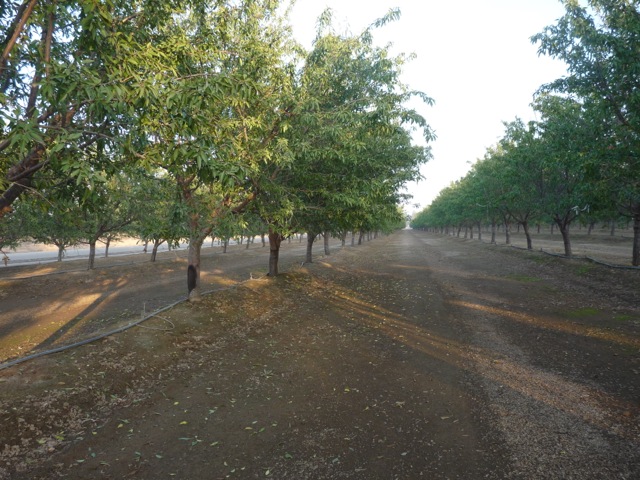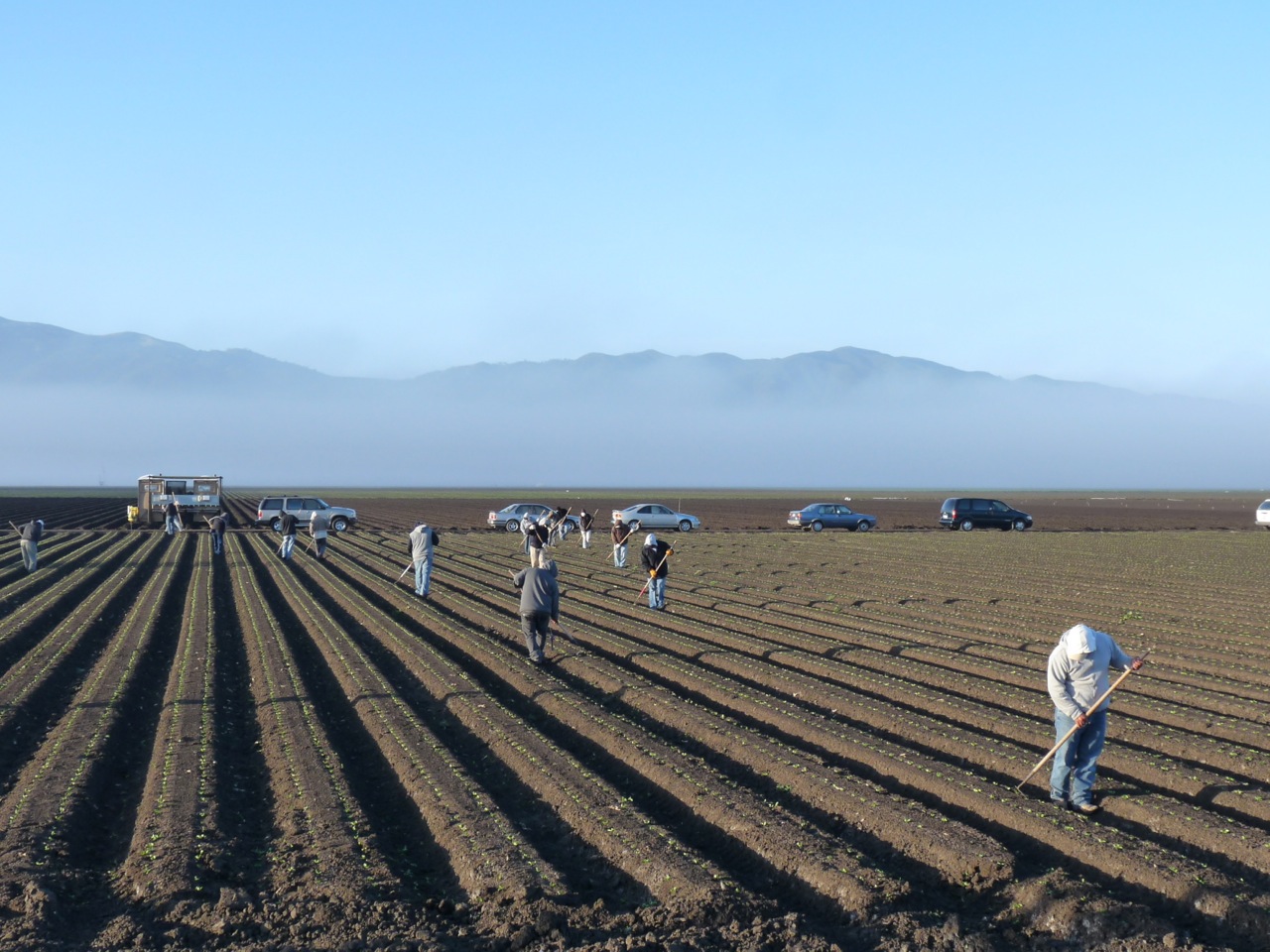Good News for Oakdale Irrigation District Farmers
Oakdale Irrigation District Farmers:
2015 Water Allotments Raised to 40 Inches
A couple of beneficial spring storms combined with cool weather and strong water conservation led to good news Tuesday morning for farmers in the Oakdale Irrigation District: A small bump in the amount of water they will receive in the fourth year of drought.
OID directors voted 4-0, with Al Bairos absent, to raise this year’s allocation to 40 inches from 36. When the irrigation season began in March, OID told irrigators to expect 30 inches this year – the first time in its 105-year history it has put limits in place.
Directors also declined to rescind a decision they made in April to deliver 10 inches of water to Tier 2 customers.
General Manager Steve Knell said small storms in April and May provided an unexpected bonus: enough water to keep soil moisture high in the valley, plus additional runoff into Sierra reservoirs. He told directors that 2.8 inches of rain fell above Donnells and Beardsley Lakes, which had plenty of room to capture it.
He said the rain comes on top of positive efforts by OID’s 2,900 agricultural customers to use less water. The combination has the district to easily meet its goal of pushing at least 10,000 acre-feet of “saved” water into New Melones Reservoir. OID is on target to conserve about 17,000 acre-feet, Knell said.
“When you ask constituents to step up in this district, they do it,” he said.
The 40 inches OID’s irrigators will receive compares to 36 inches for those in the South San Joaquin Irrigation District and is more than double what farmers in the Modesto and Turlock districts will get this summer.
“Forty inches is an abundance of water,” said Brian Lemons, who grows almonds and walnuts.
Still, the implications of the drought were on the minds of OID’s staff and board.
Knell said the district is discussing various 2016 water scenarios with the federal Bureau of Reclamation, which manages New Melones. And Director Frank Clark warned about the financial implications of the drought on the district, which has dug into its reserves to use $17 million to balance its budget the past two years.
“If these dry years continue and you have no income from hydro production and you have no excess water to sell and you keep drawing down from reserves, it looks bleak,” Clark said. “We could be looking at … raising irrigation rates.”
















